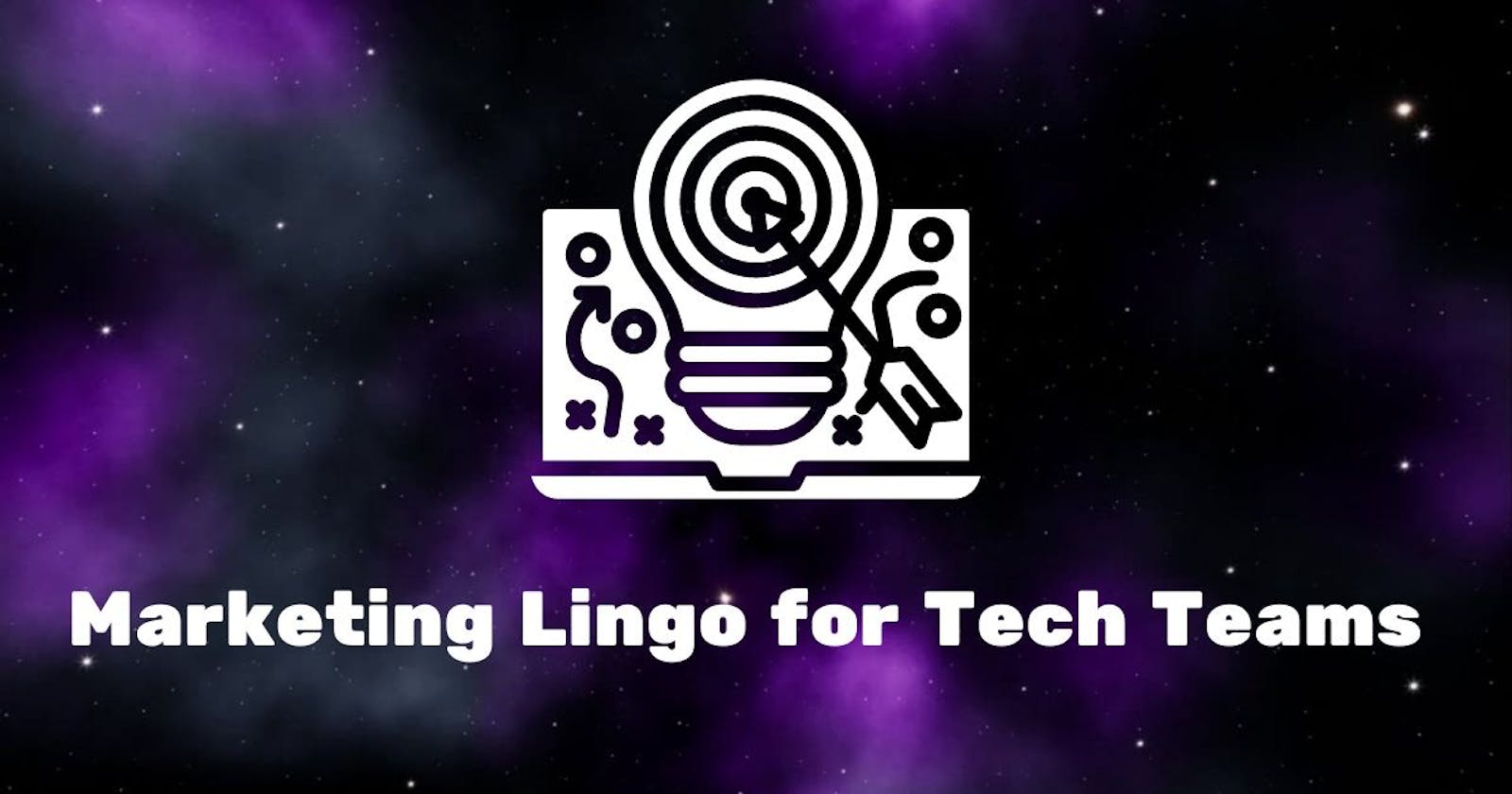We've all been there. You're discussing the newest features of a potential website with your marketing team, and they're throwing around all sorts of acronyms and industry jargon. Terms like CTA, B2B, COGS — What do these mean? Here are six marketing terms every developer and designer should know in order to speak more confidently with your marketing colleagues and understand what the heck the stakeholders are talking about.
CTA
AKA: Call to Action

Definition: A call to action is a clear and concise request for users to invest in or interact with your product. It is usually a button, pop up, or link to direct the user to take further action.
Simplified Translation: It's clickbait, but in real life, and real business.
Example: The "pay now" button, "sign up" for our newsletter form, and "start a free trial" button.
Relevance: The call to action is the only thing that makes your business money. Your call to actions must be functional, extremely usable, and attractive for the users. A typo, broken link, or unprofessional call to action can hurt a business.
B2B and B2C
AKA: Business-to-Business and Business-to-Consumer

Definition: Business-to-Business refers to selling products and services to other companies or business. Business-to-Consumer refers to selling products and services to an individual consumer.
Simplified Translation: You make money selling products to other businesses or to everyday people. (Sometimes a mix of both.)
Example: Netflix is a B2C company. Adobe is a B2B company.
Relevance: If you want your voice to be heard in meetings with management, you have to be able to back up your ideas from a business perspective. Truly understanding how your business makes money and its users will help you make design and development decisions and articulate your reasoning for why something should be a certain way.
Gross Revenue, COG, Net Sales
AKA: Gross Revenue, Cost of Goods, Net Sales

Definition: Gross revenue is the total amount of money a company brings in from selling its inventory. Cost of goods sold (COGS) is how much it costs a company to obtain its inventory, minus any discounts or special offers. Net sales are the total revenue generated from selling a company's inventory after deducting returns, allowances, and discounts.
Simplified Translation: The cost of a good is how much it cost to make the product, and net sales is how much you make selling the product. Gross revenue = net sales - cost of good.
Learn More
- Gross Profit vs. Net Profit: What’s the Difference?
- Net Sales Definition (With Importance, How-To and FAQ)
Relevance: You will hear these terms at work. If you happen to hear these terms in a meeting or read them on a report, don't panic. Do a little research and try to keep up so that you can stay involved in the discussion.
Market Segmentation

Definition: Marketers use market segmentation to divide a broad market into more narrow subgroups, in an effort to appeal to people with similar characteristics, tastes and preferences.
Simplified Translation: Sorting your customers into small groups based on their location, income status, and lifestyle (etc).
Learn More
Relevance: The market you serve should be the primary focus of your site's layout, colors, wording, branding and experience. When you understand how to create a site that is enjoyable for visitors, everything else becomes easier.
SWOT Analysis
AKA: Strengths, Weaknesses, Opportunities and Threats Analysis

Definition: SWOT analysis is used to evaluate your business or organization's current strengths, weaknesses, opportunities and threats. It serves as a guideline for future planning and decision making, helping you evaluate progress over time.
Simplified Translation: An advanced pros and cons chart.
Learn More
- SWOT analysis: What it is and how to use it (with examples)
- SWOT Analysis: How To With Table and Example
Relevance: Use this assessment strategy to persuade stakeholders to agree to your proposal for a modification, direction shift, or budget allocation.
Target Audience

Definition: Target audience is the group of people you want to reach with your marketing message, and they are usually determined by a number of factors, including age, income, gender and general location.
Simplified Translation: Your ideal customer/user you aim to reach.
Example: The target audience for Marvel Studios includes super hero, action movie and comic book enthusiasts between the ages of 18 and 34.
Relevance: You have to thoroughly understand your target audience to make websites and apps they will like.
Conclusion
This article should've provided some clarity on marketing lingo and give you a larger perspective of your company holistically. As the marketing world evolves, there will likely be new terms that web developers and designers need to know. Comment below some others you'd like explained specifically and I'll cover them in a part two of this article.

